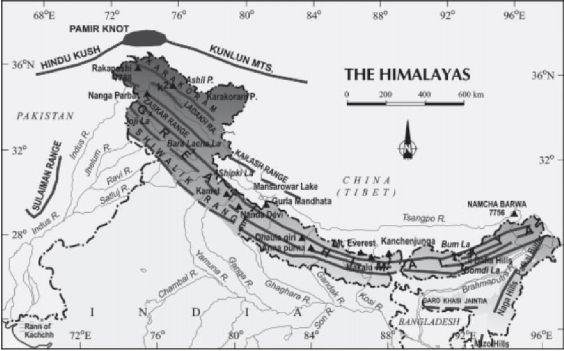Figure 8 – Physiographic division of India
3.1. Himalayan Mountains
The North and Northeastern Mountains consist of the Himalayas and the Northeastern Hills. The Himalayas represent the loftiest and one of the most rugged mountain barriers of the world. The altitudinal variations are greater in the eastern half than those in the western half. They are steeper at their southern side as compared to northern side. They are separated from the plains by the Himalayan Front Fault (HFF).Himalayas are not only the physical barrier, they are also a climatic, drainage and cultural divide.
The general orientation of these ranges is from northwest to the southeast direction in the northwestern part of India. Himalayas in the Darjiling and Sikkim regions lie in an east west direction, while in Arunachal Pradesh they are from southwest to the northwest direction. In Nagaland, Manipur and Mizoram, they are in the north south direction. They form an arc, which covers a distance of about 2,400 Km. Its width varies from 400 Km in Kashmir to 150 Km in Arunachal Pradesh.
Longitudinal division of Himalayas include – Trans-Himalayas, the Greater Himalayas, the Lesser Himalayas and the Shiwaliks (Figure 9). The trans-Himalayas are about 40km wide and contain Tethys sediments which are underlain by ‘Tertiary granite’. Trans-Himalayas in clue Karakoram, Ladakh and Zaskar Mountain ranges in India. The Greater Himalayas rise abruptly like a wall. They are 25 km wide with an average height above 6100m. Almost all the lofty peaks of the Himalayas Mt. Everest, Kanchenjunga, Nanga-Parbat lies in this zone. This mountain range has very few gaps mainly provided by the antecedent rivers, otherwise it is the most continuous range in the Himalayan system. The width of lesser Himalayas is about 80 km with an average height of 1300 – 4600 m. This region is subjected to extensive erosion due to heavy rainfall, deforestation and urbanization. The Shiwalik extend over a width of 10-50 Km and have an altitude varying between 900 and 1100 metres. These ranges are composed of unconsolidated sediments brought down by rivers from the main Himalayan ranges

